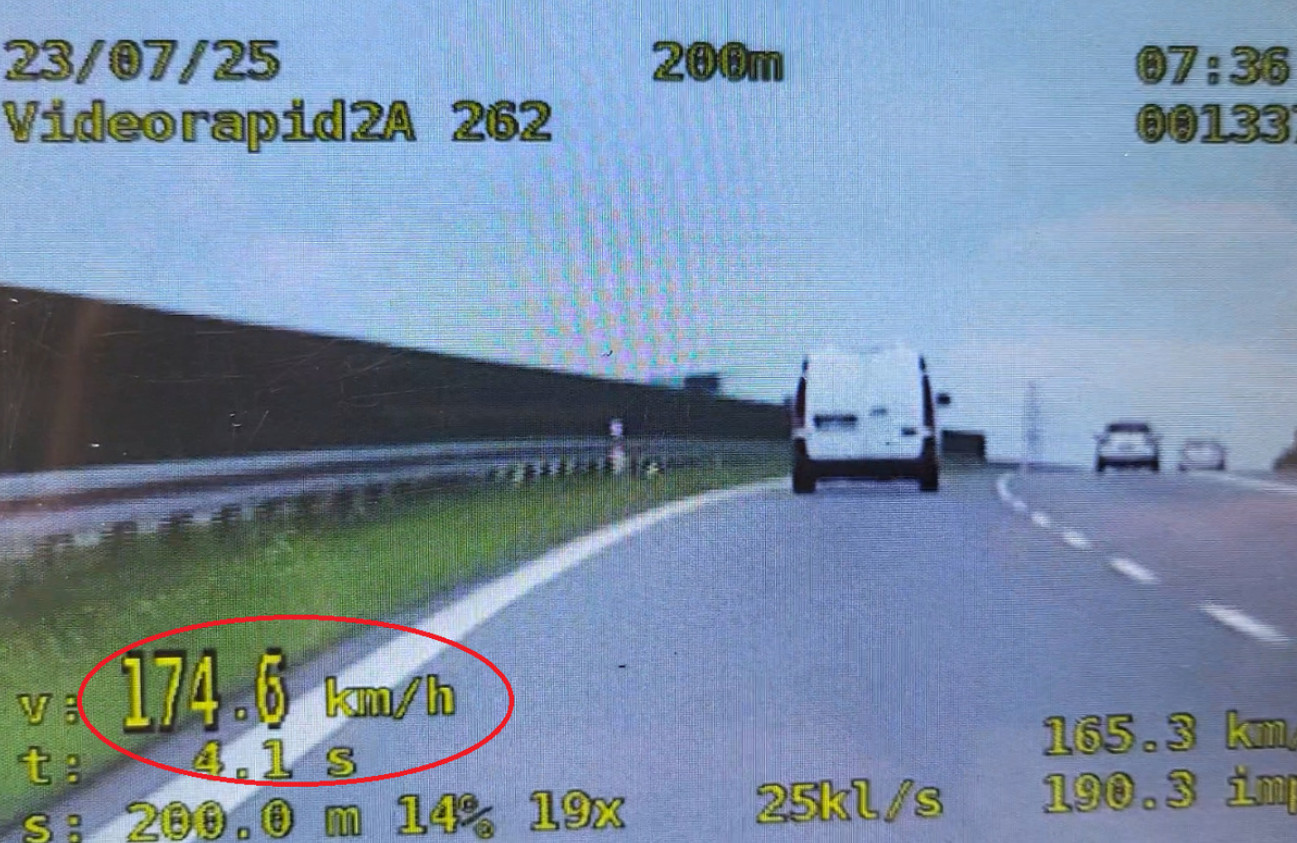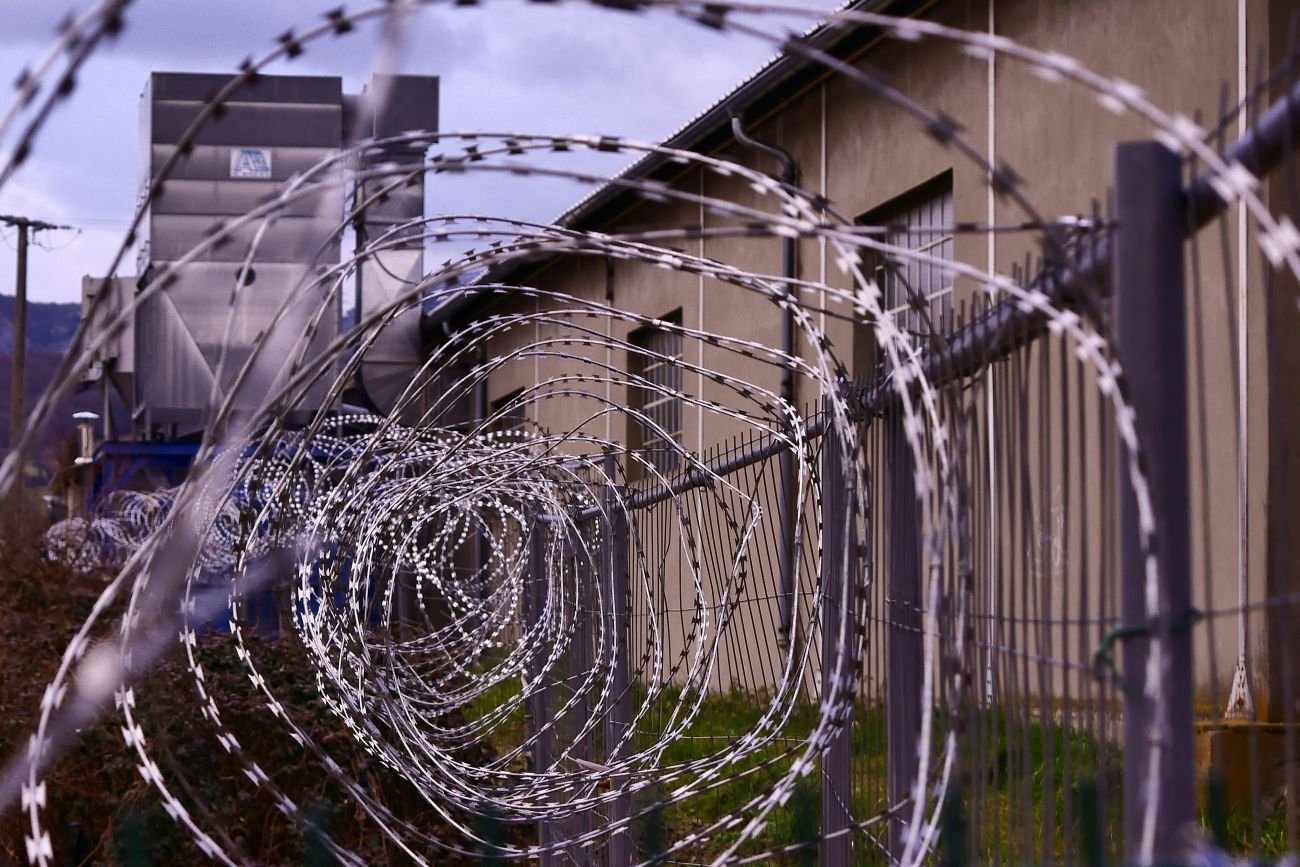Justice Secretary Shabana Mahmood has declared she is "determined to keep prison staff safe" as a groundbreaking trial begins equipping specialist officers with Tasers. The move comes as violence against prison staff reaches record levels across England and Wales.
Specialist officers from the Operational Response and Resilience Unit in Kidlington, Oxfordshire, and Doncaster, South Yorkshire, became the first to carry Tasers from Monday. The trial forms part of Government plans to tackle unprecedented levels of violence against prison staff.
Mahmood witnesses Taser demonstrations
Mahmood attended the Kidlington base last Thursday, where officers demonstrated how they would deploy Tasers against violent inmates in high-risk scenarios. These include hostage situations and riots where there is a significant threat to safety.
The trial will continue until sufficient data has been collected to determine whether Tasers should be rolled out more widely across the prison estate. Mahmood said she hoped to have updates by autumn on the programme's effectiveness.
Violence levels reach crisis point
"I inherited a situation with completely unacceptable levels of violence," Mahmood told reporters at the Kidlington base. "I'm not willing to tolerate that. I'm determined to do everything I can to keep prison staff safe."
She added that prison staff had been requesting Taser access "for years and years and years" and expressed satisfaction at being able to approve the trial. The Justice Secretary indicated this marked "very much the beginning" of potential wider deployment.
Record assault statistics drive urgency
Assaults on prison staff reached record levels last year, rising by 13 per cent in the 12 months to December 2024, according to Government data. There were 10,496 assaults on staff in the 12 months to September 2024, representing a 23 per cent increase from the previous year.
Recent high-profile attacks have intensified calls for enhanced protection. In April, Manchester Arena plotter Hashem Abedi targeted prison staff at HMP Frankland with boiling oil and homemade weapons in a planned ambush, injuring four officers.
Southport case highlights ongoing risks
Southport killer Axel Rudakubana also allegedly attacked a prison officer at HMP Belmarsh in May by pouring boiling water over them. "The incident of Frankland has really forced the pace on further roll-out of these measures," Mahmood said.
Union bosses have called for officers to receive stab vests and protective equipment. In June, Mahmood announced officers would be required to wear body armour at close supervision centres, separation centres and segregation units in the highest category prisons.
Officers demonstrate tactical scenarios
Last week, Kidlington-based officers demonstrated emergency response protocols through two scenarios. The first involved inmates taking a staff member hostage, while the second showed three inmates assaulting a fourth prisoner in the exercise yard.
In the hostage situation, officers showed how loud pyrotechnics can startle and distract violent inmates before officers tackle them to the ground and apply handcuffs. During the yard attack scenario, officers deployed Tasers after giving verbal warnings.
Advanced Taser technology deployed
The trial uses the Taser 7 model, which generates 50,000 volts when fired before dropping to 1,500 volts on skin contact to incapacitate targets. The T7 is a two-shot weapon, allowing officers a second attempt if they miss their initial target.
Officers wear the Tasers on their tactical vests in secure holsters, making the weapons visible to inmates as a deterrent. The devices collect comprehensive data including arming duration, discharge time, operator identity and any malfunctions to inform the trial assessment.
Prison environment requires specific protocols
"Tasers have been used for many years by the police, but a custodial setting is different to usage in other scenarios," Mahmood explained. She emphasised that lessons from police use cannot simply be transferred to prisons without careful consideration.
The Justice Secretary stressed the need for robust protocols to ensure Tasers "do what they're meant to do, which is prevent a threat to life and keep my staff safe". Officers currently have access to batons and Pava spray, a synthetic pepper spray, in men's public sector prisons.
Broader security investment announced
The Taser trial forms part of a £40 million security package announced last month to enhance protection across the prison estate. This includes £10 million specifically for anti-drone measures such as new netting and reinforced windows, the Ministry of Justice confirmed.
Each Taser deployment will be subject to review under robust accountability measures, according to an MoJ spokesperson. The Ministry also announced in April that Pava spray would be made available to specialist staff at three public sector young offender institutions.
Union welcomes move but seeks root causes
The Prison Officers' Association welcomed the initiative but called for addressing underlying causes of prison violence. "The POA will always support any initiative that will help protect our members," a union spokesperson said.
However, the union emphasised the need to tackle fundamental issues. "We urgently need action to address overcrowding, understaffing, drugs and the other root causes of prison violence," the spokesperson added, criticising prison managers who "put the prison regime before the safety of their staff".
(PA) Note: This article has been edited with the help of Artificial Intelligence.















